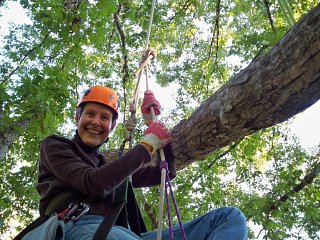
Most people are interested in the physicality of aging, since this and brain function are important factors in getting older. Many studies show that it is never too late to benefit from changes in lifestyle habits. The British Journal of Sports Medicine and Circulation published information on physical activity, reporting that a simple exercise program can help ward off depression, dementia, heart disease, cancer, and diabetes, while also improving circulation, heart rate variability and bone, muscle and organ health. This list pretty much sums up most of our greatest concerns with aging. What is always surprising in most areas of exercise research is that it doesn’t take much. People who began this moderate or vigorous physical activity program for a minimum of one time a week were 3 to 4 times more likely to age well that those who were inactive……. 7 times if already exercising regularly for years. (Take note younger baby boomers). Of course your local environment will either enhance or impede one’s willingness and ability to go outside for a brisk walk in the neighborhood. If you live on a busy highway or in an area with no parks or little street connectivity, or in a high crime neighborhood, it will definitely be more difficult. To hop in your car and drive to the nearest exercise facility is time-consuming and sometimes expensive, unless you’re part of the Silver Sneakers program. So having some simple home exercise routines with or without machinery is of major importance. Videos can motivate and give direction on correct movement as can books on the exercise of your choice. You just have to make the time and stick to it. Again, we are talking 15 to 30 minutes at a time, depending on the type chosen.
We already know that exercise improves the electrical well-being of the cardiovascular system, reducing the risk of infarcts and heart rhythm disorders. (Older adults with the highest levels of physical activity are 11% less likely to experience an infarct or sudden cardiac death than sedentary people.) In those already diagnosed with stable coronary artery disease there is a 13% reduction in risk of death, regardless of whether or not a procedure was performed to open a blocked artery, according to John McEvoy from John Hopkins University.
The authors encourage partnering with someone to increase motivation. Since couples often walk or exercise together at a gym, it is interesting to note that women do not have the same lung capacity and airway function as men. Women actually have more severe shortness of breath than men (similar fitness levels) during the same exercise routine due to greater electrical activation of their breathing. (They were studied while on stationary bikes with their heart, lung and other body functions being monitored). According to this research published in Experimental Physiology, there was a greater electrical activation of the respiratory muscles in females during exercise which compensated for the above physical differences mentioned. All of this would be exacerbated if someone is out of shape, obese, have COPD or other compromising circumstances. The point is that the male may want to slow down if walking or jogging too fast to allow the huffing and puffing woman in his life to literally “catch her breath.”
- Jane Alise
References:
~http://www.newshealth.com/2013/11/26/want-to-stay-young-start-moving
~http://www.medicinenet.com/script/main/art.asp?articlekey-178316
~Glicksman, A., Ring, L., Kieban, M. H., & Hoffman, C. (2013). Is “walkability” a useful concept for gerontology? Journal of Housing for the Elderly, 27 (1-2). 241 – 254.
~http://www.consumer.healthday.com (search “Fitness linked to lower heart attack risk in heart disease patients,”) Nov. 17, 2013.
~http://www.consumer.healthday.com (search “Study probes why exercise leaves women more breathless than men,”) Nov 7, 2013.
Photo: Taken by Genevieve, Dancing With Trees
